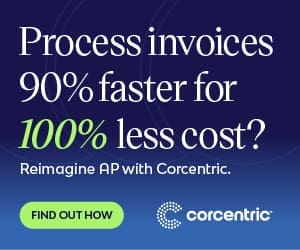Opportunities Lost, Risks Involved: Why Not Automate Accounts Payable Invoice Capture?

Automatic Invoice Capture
In modern economy, business are increasingly pressured to enhance workflow efficiency and reduce margins of error. Failure to keep up with the pace of technology threatens their ability to remain competitive. This is especially true in the accounts payable application where manual invoice handling exposes organisations to unconscionable risks.
The core issue of automated invoice capture is not new one, with accounts payable operations having long-experienced the particular pain-points associated with manual processing. Outdated systems of invoice capture, that is those redolent of manual entry techniques and the accountants of the late 1980s, represent an anachronism within todays corporate environment.
Invoice entry processes that do not embrace comprehensive and automated solution are inevitably doomed to fail. Common problems include disparate silos of information and limited accuracy; leading to batch of stalled payments and miscalculations. Moreover, as companies become increasingly distributed, it is critical to ensure continuity in the accounts payable and receivable functions.
The upside of software for automated invoice capture is that organisations are better-placed to automate multiple facets of the procure-to-pay cycle; from orders, deliveries, vendor invoice management and evaluations, to necessary updates and migrations to external systems. Automation of the entire life-cycle of accounts payable enables organisations to save significant amounts of time and money that might otherwise be wasted.
Organisations are further able to gain access to real-time data regarding their operational finances. This is of particular significance to CFO’s in particular, as they are best-equipped to make use of live insight into financial information. Moreover, it drastically reduces human error, resulting in improved accuracy, audit-trail and compliance.
That being said, to achieve optimal results, attempts at automated invoice capture ought to be seamlessly integrated into other elements of the technological suite. If the automation capability is built upon single service, its potential is limited, regardless of the scale of the organisation. This can weaken performance and impede its ability to generate return on investment.
In closing, automated invoice capture is an inescapable phenomenon in the digital age, with organisations failing to adopt such innovations doing so at their own peril. CFOs in particular must be cognizant of the importance of an integrated and comprehensive solution that seeks to maximise the efficiency of accounts payable operations.

